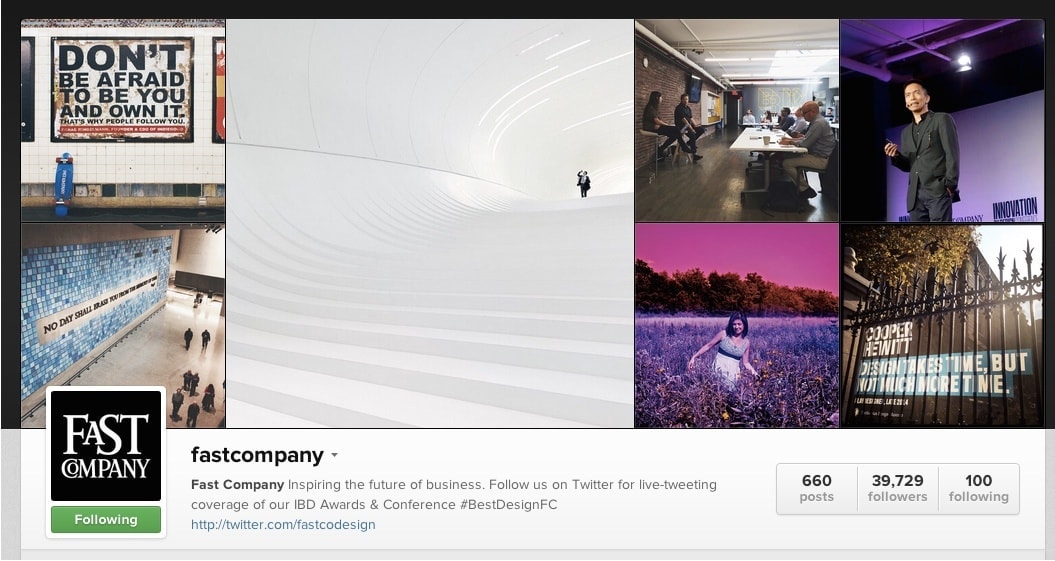When I say “content marketing,” what do you think of? Let me guess: blogging, right?
It’s a common misperception. Content marketing has become synonymous with blogging.
While blogging is arguably the most common form of content marketing and should definitely be part of your sales strategy, it’s not the only option out there.
If you hate writing or just feel like you’re not seeing the best return on investment from your business’s blogging efforts, consider using one of these other options for content marketing.
Schedule a Discovery Session
Learn how to attract new leads and clients.
Video
Your video options run the gamut from recording something with your smartphone to screencasting to investing in a high-end setup. Don’t be intimidated by video–the barrier to entry is actually very low. With good lighting (natural lighting is usually best), you can record a decent-quality video with most smartphones.
You can also “screencast,” which means you’re recording your computer screen instead of recording yourself (or someone else). This is a great choice for reviewing apps or recording how-to videos that involve software.
Reviews or how-to videos are also good options for video because they come with built-in search engine optimization (people will naturally search for “review [name of tool]”), and YouTube is the world’s second-largest search engine (next to Google, of course).
Video might be a good option for you if:
- You’d rather speak about a subject than write about it. Writing just doesn’t come naturally to a lot of people, and that’s okay. Video gives you an alternative way to share useful content without spending hours beating your head against a keyboard.
- You work in an industry where it’s easier to show instead of tell. With the above example of a tutorial, it’s often easier (and preferable to the content consumer) to watch it in real-time than wade through an incredibly long blog post and compare their actions to pictures or screenshots.
Video resources:
- How to Use YouTube Video Marketing for Your Small Business
- Loom Video allows users to create marketing videos using their computer screen, with or without showing their faces.
Images
You might not think of images as content, but they definitely are. Not only are there infographics that break down a particular topic (or data set) in an easy-to-consume visual manner, but there are also inspirational images with action steps or quotables.
You’re still providing value with images (and providing value is what’s at the core of content marketing), but you might be doing it in a different way than an information-packed blog post. It’s often a matter of inspiring someone, making them laugh, or simply making them think for a moment.

These images are naturally shareable on Instagram and Pinterest, as well. Those social networks are often thought of as appealing to a very specific target market and industry, but there’s definitely room for exploration.
FastCompany is an example of a company doing interesting things on their Instagram feed, combining inspiring images that fall under the “quotable” category (note the subway station sign-in above) with images that are high quality and well done, accompanied by interesting text in the description.
And honestly, sometimes, images are just a more fun way to promote products or services–even fairly intangible ones, like a course.
Images might be a good option for you if:
- You work in a visual industry. Again, the goal here is to provide value of some kind, so if you’re a photographer, you don’t want to just share images you’ve taken. You should be sharing photos you’ve taken, along with value, such as an inspiring quote or an accompanying funny/interesting story about the shoot or the subject.
- It’s easier to show than tell. Videos are often the best option for “showing,” but where a video isn’t an option, an image can be quicker and easier to create than a lengthy blog post (while still providing value).
Image resources:
Podcasting
Podcasting has been around for several years and isn’t showing any signs of slowing down. It makes sense—we’re all inundated with plenty of material to read.
Providing an alternative way to consume information, whether the listener is walking their dog, driving, or on the bus, can give you a way to reach otherwise busy people.
Like video, there isn’t necessarily a high barrier to entry with podcasting (though, of course, you can invest in a good-quality microphone and audio editing).
SoundCloud’s unlimited plan is $15/month, so it definitely doesn’t take a lot of investment to get started!
Podcasting might be a good option for you if:
- You’d rather talk than write. Again, writing doesn’t come easily to everyone, but some people are natural speakers and can talk at length about their industry–and, of course, provide value at the same time.
- Your industry or topics won’t require visual aids. Some industries or topics are just better suited for video or images than podcasts. Nobody wants to listen to thirty minutes of, “And then you do this, and then you try that…”
- You have a built-in co-host or guests. For a podcast to be really interesting, you need to either be a very engaging speaker or have guests or a co-host that you have a great rapport with.
Podcasting resources:
Get Started With Content Marketing
In the end, even if you enjoy blogging, you might consider expanding your content marketing efforts into other mediums.
You could find that a particular medium is a much better way of reaching your audience or enticing them to take action. Or you could find out that you can create content that’s just as high quality as your written content and still gets you results but takes less time and effort on your part.
Why not pick one of the above mediums to experiment with today?
For help getting started with content marketing, set up your free discovery session with Kaleidico today.